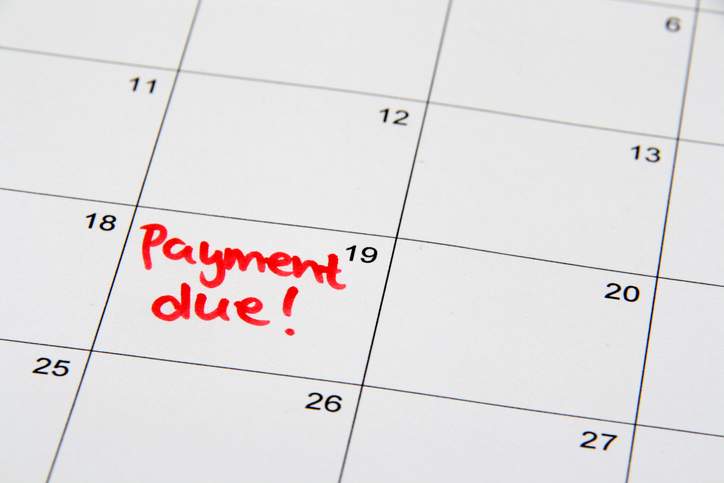One of the most important things you can do to help you reach your financial goals is establishing and following a budget.
Though it may seem overwhelming at first, breaking down the process into manageable steps can help you succeed.
GETTING STARTED
First, you need to know how much money is coming in, how much is going out and where it’s going. You can find that out by tracking your income and expenses for 30 days. Don’t forget to include annual expenses, such as vehicle registration.
Income includes your take-home pay, plus any tips, bonuses, cash gifts or tax refunds.
Expenses are either fixed or variable:
- Fixed – Include housing and vehicle payments, insurance premiums and any other expenses that don’t change short-term
- Variable – Change based on needs or wants, including groceries, gifts, entertainment, travel etc.
Document all sources of income and all expenses for 30 days. Choose a method that works for you and you know you can stick to – whether that’s writing it by hand in a notebook or using a spreadsheet.
After 30 days of tracking expenses you will have an accurate picture of what your monthly expenses truly are.
The final step in figuring out your budget is subtracting your expenses from your income.
- If you’re in the negative (not enough money to cover expenses) you’ll need to adjust your variable expenses so you can live within your means and avoid using credit cards to make up the shortfall.
- If you’re in the positive (money left over after all expenses are paid), Congratulations! You’re living within your means and are ready to start saving money for emergencies.
CHOOSING A BUDGETING METHOD
Now that you have your budget, you need a way to monitor your spending to be sure you’re sticking to it. Choose a budgeting method based on how you most often spend money and pay your bills:
- If you use your debit card and checks, try the Checkbook Method
- Use both cash and debit card or checks? Try the Notebook Method
- If you primarily use cash, try the Envelope Method
Checkbook Method
Use a checkbook ledger to track your deposits and expenditures throughout the month.
- Deposit 100% of all checks into the checking account
- Pay most of your expenses with check, debit card, or auto-pay
- Record ATM withdrawals and debit card transactions in the check register immediately along with the purpose of the expenditure
- Review your monthly statements to ensure you haven’t missed anything
Notebook Method
Use a notebook or spreadsheet to record day-to-day expenditures when developing a cash-flow statement. You can use the same method for budgeting.
- At the top of each page write the category and the amount budgeted for that category
- Calculate a declining balance throughout the month
- If you reach $0 in a category during the month you have two choices:
- Stop spending in that category
- Transfer a balance from another category and reduce spending in that category
Envelope Method
At the beginning of the month, place the exact amount of money you’ve budgeted to spend on each category into separate envelopes. This technique works especially well to control spending for variable expenses such as entertainment, personal allowances and food.
- Write the category name and the budget amount on each envelope
- As you spend money in a category, write the amount on the envelope and/or place the receipt in the envelope
- When an envelope is empty, funds are exhausted for that category
TIP: If the first budgeting method you try doesn’t work well for you, don’t give up. Try a different method next month until you find a system you know you’ll be able to stick with long term.
MAKING YOUR BUDGET WORK FOR YOU
Once you get the hang of it, following your budget should become second nature. You’ll have the peace of mind that comes from knowing exactly where you stand financially every month.
That doesn’t mean your budget can’t change depending on your circumstances or life events. But having a plan and knowing where your money is going helps you prepare to handle financial challenges.
If you’re having trouble figuring out how to make your budget work with your current income, free Credit Counseling can help. Get started now!





